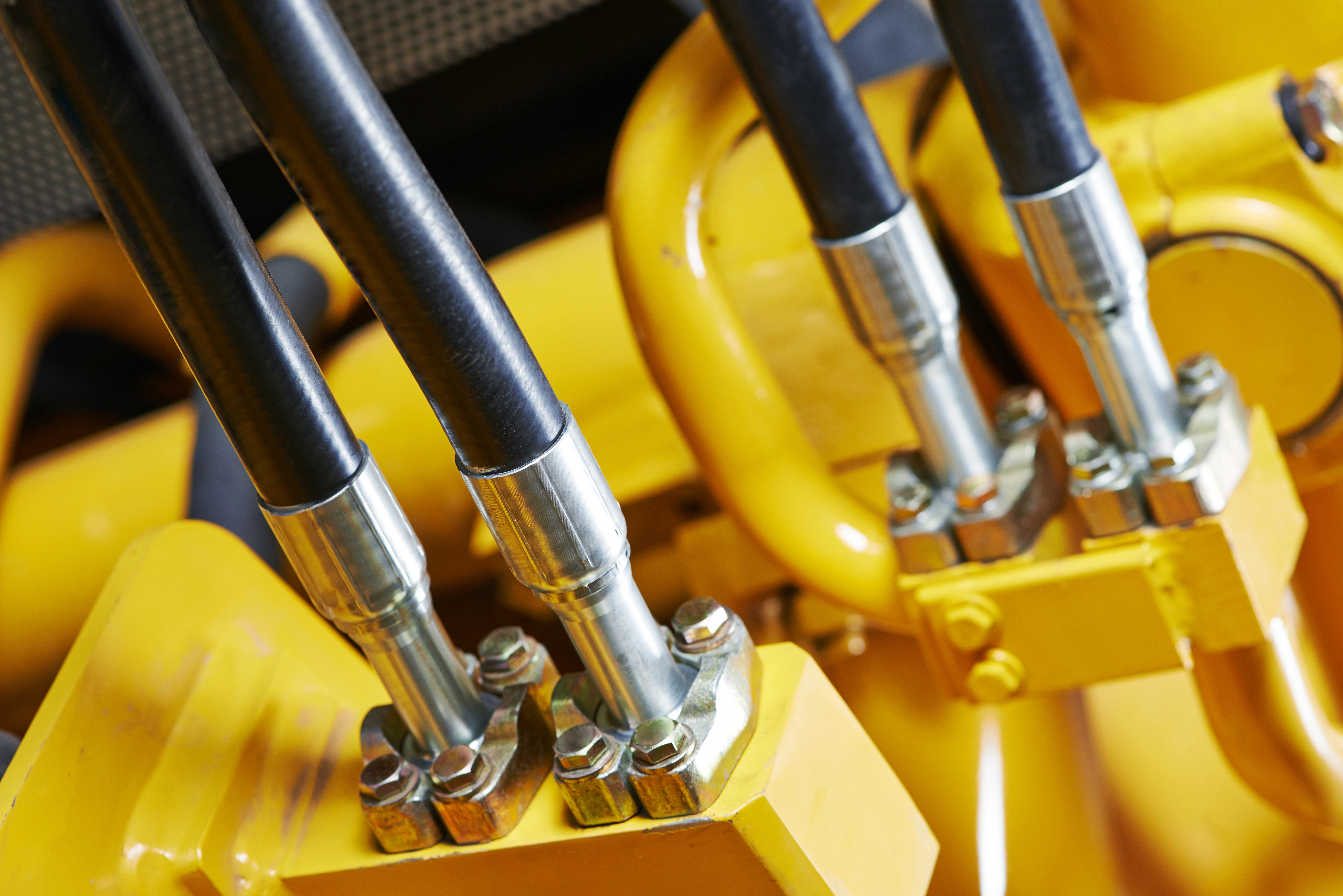Brass or Stainless Steel in High-Pressure Hydraulics
An Introduction to Selecting Brass or Stainless Steel in High-Pressure Hydraulics
In the complex and high-stakes world of hydraulic systems, the choice of material is more than just a technical detail—it's a critical decision that can impact performance, safety, and longevity. When it comes to high-pressure applications, two materials often come into play: brass and stainless steel. Each has its own set of advantages and limitations, but which one truly stands up under extreme pressure? This article explores the key factors that influence the selection of these materials in demanding hydraulic environments.
The Critical Role of Materials in Hydraulics
Hydraulic systems operate under intense conditions, where the wrong material can lead to catastrophic failure. The right material must not only withstand high pressures but also resist corrosion, fatigue, and wear over time. In high-pressure settings, this means selecting a material that offers both strength and durability. The choice between brass and stainless steel isn’t just about performance—it’s about ensuring system reliability and minimizing risk.
Brass in High-Pressure Applications: Pros and Limitations
Brass has long been a popular choice in hydraulic systems due to its good corrosion resistance and ease of machining. It works well in low to medium-pressure environments, making it a common material for general-purpose components. However, when it comes to high-pressure hydraulics, brass has some clear limitations. Its lower tensile strength makes it more susceptible to deformation and failure under extreme stress, which restricts its use in high-pressure scenarios.
- Brass is typically used in systems with pressure ratings between 1,000 and 3,000 PSI.
- It is ideal for applications where cost is a primary concern and pressure levels are not extremely high.
- While some specialized brass alloys may handle slightly higher pressures, they are generally not suitable for the most demanding hydraulic systems.
Stainless Steel: The Preferred Choice for High-Pressure?
Stainless steel, on the other hand, is renowned for its exceptional strength, durability, and resistance to corrosion. These properties make it an excellent choice for high-pressure hydraulic systems, especially in harsh or extreme environments. Whether in industrial machinery, marine equipment, or aerospace applications, stainless steel consistently performs under pressure without compromising integrity. Its ability to maintain structural stability at high pressures makes it a go-to material for engineers designing robust hydraulic systems.
- Standard stainless steel components can handle pressures ranging from 5,000 to 10,000 PSI or more.
- High-grade stainless steels, such as 316 or 17-4 PH, are often used in ultra-high-pressure systems.
- Its long service life and minimal maintenance requirements justify its higher initial cost in many applications.
Comparative Analysis: Brass vs. Stainless Steel under Pressure
When comparing brass and stainless steel in high-pressure situations, several key factors stand out:
- Tensile Strength: Stainless steel significantly outperforms brass, making it better suited for high-pressure environments.
- Corrosion Resistance: Both materials resist corrosion, but stainless steel offers broader protection against a wider range of chemicals and environmental conditions.
- Longevity: Stainless steel components tend to last longer under continuous high-pressure operation, reducing the need for frequent replacements.
Real-World Applications and Case Studies
Looking at real-world applications, stainless steel is commonly found in deep-sea submersibles, heavy-duty construction equipment, and high-performance aircraft. Brass, while less common in high-pressure settings, still plays a role in HVAC systems, plumbing, and other moderate-pressure applications. Case studies from industries like oil and gas, manufacturing, and marine engineering show how each material performs under different conditions, helping engineers make informed decisions.

The Cost-Benefit Equation
Cost is always a factor in material selection. Brass is usually cheaper upfront, making it appealing for budget-sensitive projects. However, in high-pressure systems, the potential cost of failure—whether in terms of downtime, repairs, or safety risks—can far outweigh the initial savings. Stainless steel, though more expensive initially, often provides better long-term value due to its durability and reduced maintenance needs.
Conclusion: Making the Right Choice
Choosing between brass and stainless steel for high-pressure hydraulic systems requires careful consideration of performance, cost, and application-specific needs. While stainless steel is the superior option for extreme conditions, brass remains a viable choice in less demanding scenarios. Understanding the strengths and weaknesses of each material helps ensure the best possible outcome for any hydraulic system.
Ensuring Optimal Performance
No matter which material you choose, regular maintenance, proper installation, and adherence to manufacturer guidelines are essential for optimal performance. Environmental factors, fluid compatibility, and system design all play a role in determining the success of your hydraulic system. Taking the time to evaluate these elements ensures that your system operates safely and efficiently for years to come.
Frequently Asked Questions
How does the cost of brass compare to stainless steel in hydraulic systems?
Answer: Brass is generally less expensive upfront compared to stainless steel. However, stainless steel may offer better long-term value due to its durability and lower maintenance costs.
Is brass or stainless steel better for high-temperature applications in hydraulic systems?
Answer: Stainless steel is better suited for high-temperature environments. It retains its mechanical properties at elevated temperatures, whereas brass can lose strength and deform under heat.
Nut Gear,Tie Rod Nut,Tie Rod Nut,Nuts And Gears
Ningbo Jinyi Precision Machinery Co., Ltd. , https://www.jinyi-machinery.com